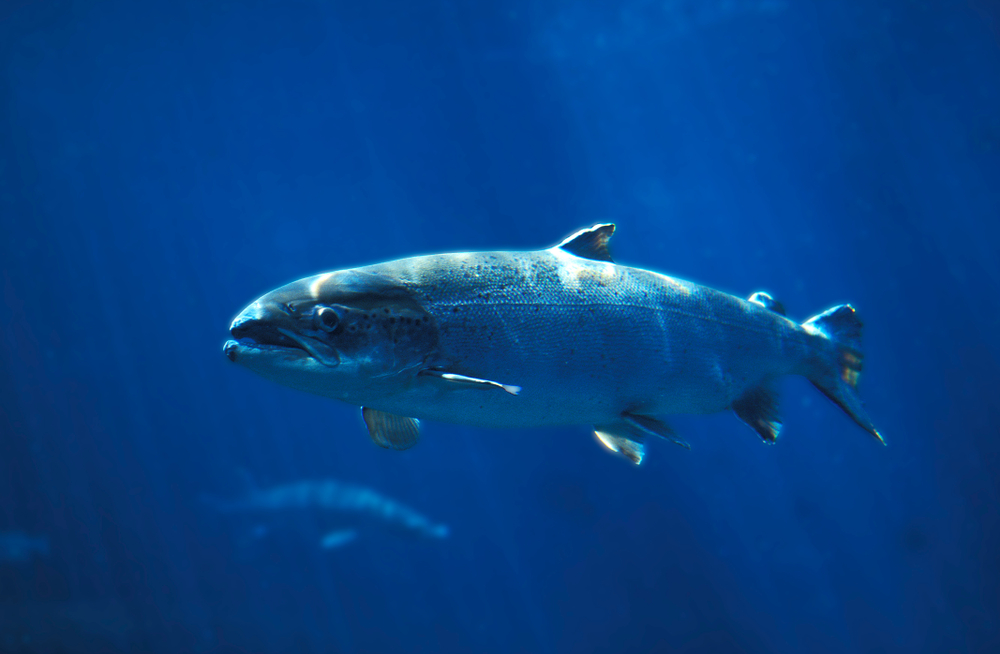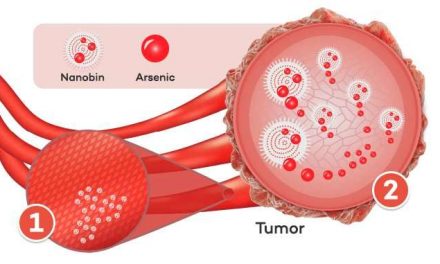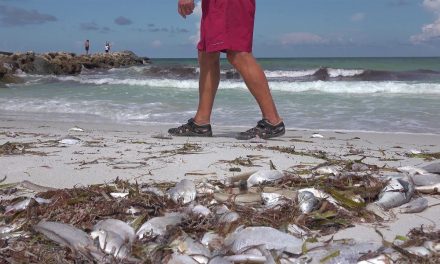Alaska experienced a significant heatwave in July, with the temperature reaching 90 degrees in Anchorage. The stress from the heat is killing off salmon in large numbers. Scientists saw die-offs of several varieties of Alaskan salmon, including pink, chum, and sockeye.
Stephanie Quinn-Davidson, director of the Yukon Inter-Tribal Fish Commission, told CNN that she took a group of scientists exploring along Alaska’s Koyokuk River at the end of July after locals informed her of salmon die-offs on the river. They counted 850 dead unspawned salmon on that expedition, but they estimated the total was much higher. The group looked for signs of infection, parasites, and lesions in the fish but found nothing. She said that nearly all of the salmon had “beautiful eggs still inside them.”1
RELATED STORY:
Because the die-off coincided with the heatwave, they concluded that heat stress was the cause of the mass deaths. Heat decreases the amount of oxygen in the water, causing the salmon to suffocate. Quinn-Davidson said she’s worked as a scientist for eight years and had “never heard of anything to this extent before.”1 She added:
“I’m not sure people expected how large a die-off we’d see on these rivers.”1
RELATED STORY:
Sue Mauger, the science director for the Cook Inletkeeper said that the warm temperatures are affecting salmon in different ways, depending on the stream, adding:
“Physiologically, the fish can’t get oxygen moving through their bellies. In other places in the state, the salmon didn’t have the energy to spawn and died with healthy eggs in their bellies.”1
Scientists will have to monitor the next few years to see if this year’s heat-related deaths will have long-term effects on Alaska’s salmon population.
RELATED STORY:
Salmon populations are strained in ways other than the heat, too. Overfishing is threatening salmon further south in northwestern Washington and southwestern Canada. Endangered Orca whales also feed on salmon. In fact, populations of orca whales have steadily declined over the past decades with fewer salmon to eat.
Adding more reason to be concerned, last week the Environmental Protection Agency indicated it would no longer oppose a mining project in Alaska that could devastate one of the world’s most valuable wild salmon fisheries.
RELATED STORY:
However, in other regions, things are actually looking up. Alaska’s Bristol Bay, the most abundant sockeye salmon fishery in the world, is yearly seeing boom times for salmon returns. In 2016 it celebrated the 2 billionth salmon caught in its waters, after more than a century of commercial fishing. Mary Catharine Martin, a spokeswoman for the non-profit Salmon State, added:
“Salmon are very resilient. They’ve overcome a lot. Salmon have sustained the way of life of the people of Alaska for thousands of years.”1
According to the National Weather Service, the temperature hit 90 degrees at Ted Stevens Anchorage International Airport on July 4, 2019. The previous record high temperature of 85 degrees was set on June 14, 1969. The average high temperature for July 4 is 75 degrees.
Regardless of your thoughts about climate change, it is sad to see so many fish dying, for any reason at all.
Source:
Please get on our update list today, as social media is strangling our reach. Join here: http://healthnutnews.com/join THANK YOU!












